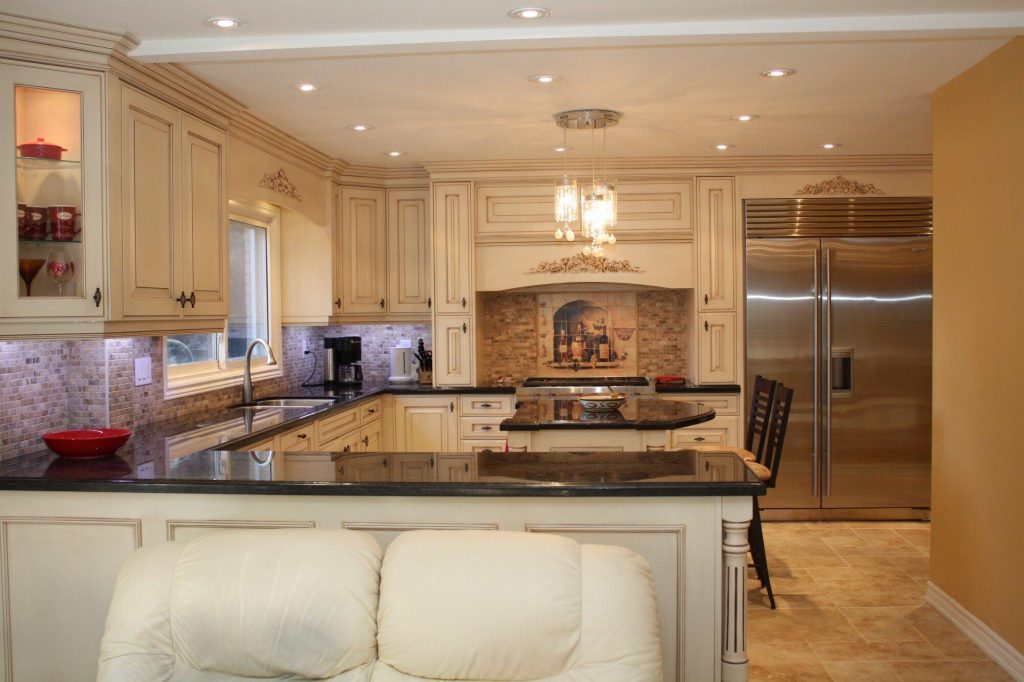Sustainable luxury is no longer a contradiction. Today, it is a growing movement that changes how people think about beauty and comfort in their homes. More homeowners want spaces that feel elegant but still respect the environment.
Climate change and environmental concerns have pushed many to rethink the way they design, renovate, and decorate their living areas. Choosing to remodel with sustainability in mind does not mean giving up style or comfort. Let’s dive deeper into this topic.
Why Sustainable Luxury Matters
People around the world are becoming more aware of how their daily choices affect the planet. This shift has reached the luxury market, encouraging designers, builders, and homeowners to find new ways to blend high-end style with eco-friendly practices. Sustainable luxury focuses on fine materials, top-quality design, and responsible choices.
One major reason is environmental responsibility. Renovating a home with sustainable methods helps reduce waste and save natural resources. People who choose eco-friendly materials and energy-saving systems lessen their impact on the environment and help protect it for future generations.
Another reason is the increase in property value. Many buyers today look for homes with green features and are willing to pay more for energy-efficient designs or materials that last longer and produce less waste.
Health is also a key motivator. Materials such as low-VOC paints and eco-friendly flooring reduce exposure to harmful chemicals and improve indoor air quality, creating a healthier space for everyone in the home.
Choosing Sustainable Materials for Remodeling
Many homeowners now look for options that are renewable, recycled, or sourced from local producers. These materials reduce environmental strain while also adding unique character to the space.
Reclaimed Wood
This type of wood comes from older buildings, barns, or other structures no longer in use. Using reclaimed wood gives the home a warm, rustic style while lowering the need for newly cut timber. Every piece of reclaimed wood has its own story, making each design element feel special.
Recycled Metal
It uses materials that have already been processed, which reduces the demand for new mining. Recycled metal can be shaped into roofing, doors, and different decorative features. Its modern look adds a polished and sleek touch to any room.
Recycled Glass
Many designers also use recycled glass as part of flooring, countertops, and even wall accents. These materials support a circular economy and introduce color, texture, and creativity into the design.
Local Materials
Locally sourced materials also play a huge role in sustainable luxury. When materials come from nearby suppliers, transportation needs drop, and the environmental footprint becomes smaller.
Local products often support small businesses and strengthen the community. These materials can include stone, wood, clay, and handmade décor items that bring authenticity to the home.
Energy-Efficient Features for a Greener Home
A major part of sustainable luxury involves reducing energy use. Adding energy-efficient features to a remodel helps protect the environment while saving money in the long run.
Solar Energy
Many homeowners start by looking into solar energy. Solar panels today are more advanced and visually appealing than ever before. Some designs blend smoothly with the structure of the roof, making them almost invisible while still supplying clean power.
Energy-Efficient Appliances
Appliances that use less electricity and water can make a big difference in how a home functions. Refrigerators, washing machines, air conditioners, and other household tools that meet strict energy guidelines run more efficiently while still delivering strong performance. Many people find that these modern appliances last longer and work better than older models.
Smart Technology
Smart home technology also supports energy savings. When lighting, heating, and cooling systems respond to real-time needs, the home becomes more efficient. Smart thermostats, motion-sensor lights, and automated shades help maintain comfort while reducing energy waste.
These systems do more than save power-they also make daily tasks easier. With a few adjustments, the home can stay warm in winter, cool in summer, and bright only when needed.
Green Design Strategies for Everyday Living
Designing a home with sustainability in mind goes beyond materials and appliances. It involves creating a space that works with nature rather than against it.
Passive Solar Design
This approach uses the natural movement of the sun to heat and brighten the home. Large windows placed in the right locations allow sunlight to fill the rooms, cutting down on the need for artificial lighting. Proper shading can reduce heat during warmer seasons. With thoughtful planning, a home can stay comfortable year-round with much less energy.
Water Conservation
Water conservation is another essential part of green design. Homes today can include low-flow showers and faucets, dual-flush toilets, and efficient outdoor irrigation systems. These features reduce water waste while still offering strong performance.
A sustainable home remodel is also a chance to rethink how outdoor spaces use water. Native plants, for example, require less frequent watering and support local ecosystems.
Biophilic Design
Biophilic design is another strategy that continues to grow in popularity. This design style brings natural elements into the home, helping people feel more relaxed and connected to nature. Large windows, indoor plants, natural textures, and organic materials create a soothing environment.
Biophilic design has been shown to support mental well-being, reduce stress, and improve concentration, all of which enhance the overall living experience.
Beginning Your Sustainable Luxury Renovation
Starting a renovation centered on sustainable luxury requires clear goals. Homeowners should think about which areas matter most to them, whether it is using natural materials, reducing energy use, improving indoor air quality, or supporting local suppliers. Once the goals are set, it becomes easier to choose materials and design plans for a successful home remodeling project.
Finding the right team is also important. Working with architects and contractors who specialize in sustainability ensures that every step of the remodel aligns with eco-friendly principles. These experts can guide you through available options, explain the benefits of each choice, and help you stay within your budget.
Choosing a Responsible Way Forward
Sustainable luxury is a powerful way to transform your home while helping the planet. Every choice, whether small or large, creates a positive impact. As more people choose eco-friendly living, the collective effort leads to meaningful change.
Now is the perfect time to explore sustainable remodeling ideas, discover new materials, and imagine how your home can reflect both beauty and responsibility.
Loved this post? Check out the rest of our blog for even more great content!







